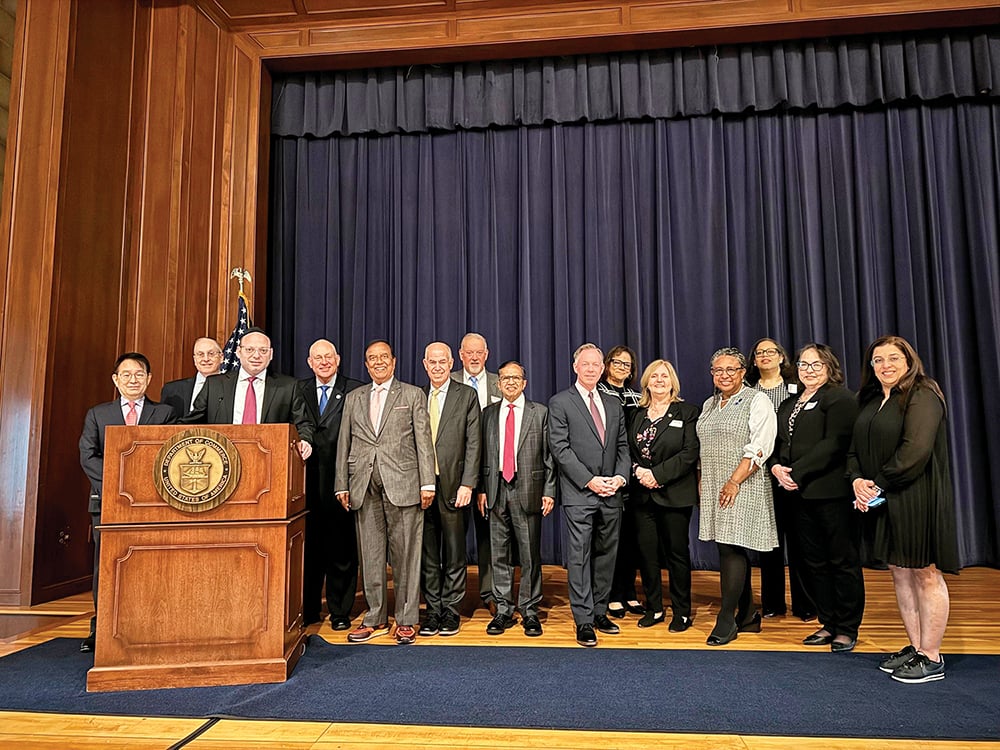
We have all heard the story of this prayer and R. Amnon of Mainz in the 10th century. The story is found in the Or Zarua (=R. Isaac of Vienna, c. 1180-1250), Laws of Rosh Hashanah, sec. 276. He tells us that he found it in the writings of R. Ephraim of Bonn. The latter lived in the 12th century. The story is not found in any other early source.
R. Ephraim tells us that R. Amnon of Mainz was a “gadol hador,” “ashir u-meyuchas,” “yefeh toar” and “yefeh mareh.“ After repeated attempts by a “hegmon” (=high-ranking Christian general? bishop?) to persuade R. Amnon to accept Christianity, R. Amnon finally asked for three days to consider the matter. He did this just to put him off, but he immediately regretted doing it. R. Amon failed to appear at the appointed time three days later and was brought in by force. Asked why he had failed to keep his promise, R. Amnon pleaded guilty and requested that his tongue be cut out for not refusing at once and giving the impression that he was considering the conversion. The “hegmon” replied: “Not your tongue, but your legs, which did not bring you at the agreed time.” R. Amnon’s legs were amputated and he was tortured further and then sent home. Soon it was Rosh Hashanah and he asked to be brought to the synagogue and placed next to the chazan. When it was time for the Kedusha prayer, he recited Unetaneh Tokef. When he finished, he expired. Three days later he appeared in a dream to R. Kalonymus b. Meshullam (c. 1000) and taught him the prayer, and asked him to circulate it throughout the Diaspora.
Do we know anything else about this R. Amnon? Did he really author this prayer, as the story implies?
Jewish scholarship can now contribute something on the second of these issues. In the Cairo Genizah, a manuscript was discovered that included Unetaneh Tokef next to a set of other piyyutim by Yannai. Yannai was a paytan in Palestine who was earlier than R. Eleazar Kallir. There are traditions (not necessarily reliable) that he was the teacher of Kallir. In recent decades, scholarship has been able to estimate Kallir’s life span as 570-640 C.E. If Yannai was the teacher of Kallir, he would have lived a generation before this. But perhaps he lived a few generations earlier. In any event, most scholars today believe that Yannai was the author of Unetaneh Tokef.
Thereafter, there was another important find in the Genizah related to our question: a piyyut by Kallir that took the words of Unetaneh Tokef and enlarged upon each line. Piyyut expert Shulamit Elitzur has concluded, “This clearly shows that while Kallir was not the composer of Unetaneh Tokef, he was familiar with it and it was significant enough in his lifetime that he felt it worthy of being adapted and enlarged upon.” See the interview of her on seforim.blogspot.com in Nov. 2017.
So it turns out that our piyyut was authored in Palestine several hundred years before R. Amnon! Based on this, some scholars disbelieve the R. Amnon story in its entirety. Others suggest that the lesson of the story is only that R. Amnon introduced the piyyut into the Ashkenazic world.
What do we know about this R. Amnon of Mainz? Actually, nothing aside from this story! Scholars have observed that “Amnon” is not a name from Germany but a name from Italy. So perhaps he came from Italy (where he may have learned the piyyut, due to the influence of Palestinian practice there) and then taught it to German Jewry.
It is also important to point out that the piyyut preceding Kedushah has four sections. It seems that what was originally recited, for several hundred years, were these four sections, all composed by Kallir. But the last section, the one that ultimately leads into the Kedushah (the “siluk”), was one in which the angels criticized the Jewish people. It seems that after the First Crusade at the end of the 11th century, Unetaneh Tokef replaced this last section, as it fit better with the mood of the post-Crusade Rhineland communities. (As we all know, it includes language such as: “who shall live” and “who shall die.”) As Rabbi Kenneth Brander writes: “It did not seem appropriate to introduce Kedushah with a critique of the Jewish people by the angels when Jews were actively sacrificing their lives and the lives of their families…” See the article by Rabbi Brander in Mitokh Ha-Ohel: Tefillot Yom Tov, pp. 75-86 (2017), at p. 82. For further reading, see the article by Avraham Frankel in Tziyyon 67 (2002), pp. 125-138.
One grammatical point: I always thought that the word “unetaneh” came from the root N-T- N= give. But really the root of this word is T-N-H=tell. The initial “nun” just indicates: let us tell.
What is most interesting is that 1,000 years later Menachem Begin cited the R. Amnon story in his negotiations at Camp David with President Carter. Carter wanted Begin to discuss the issue of dividing Jerusalem, but when Carter broached the topic, Begin related our story to him. The lesson of the story was that R. Amnon regretted having done anything at all that might be interpreted as considering the unthinkable. Carter understood that Begin was making it clear that he would not make R. Amnon’s mistake. Carter shared the story with Sadat and the issue of Jerusalem was dropped. See D. Gordis, Menachem Begin: “The Battle for Israel’s Soul,” pp. 173-74. (If we allow for the small possibility that the R. Amnon story never happened, perhaps the story arose just so that Begin could cite it to Carter and keep Jerusalem off the table!)
Mitchell First is a personal injury attorney and Jewish history scholar, and can be reached at [email protected]. He wishes all his readers an easy and meaningful fast.
For more articles by Mitchell First, and information on his books, please visit his website at rootsandrituals.org.













